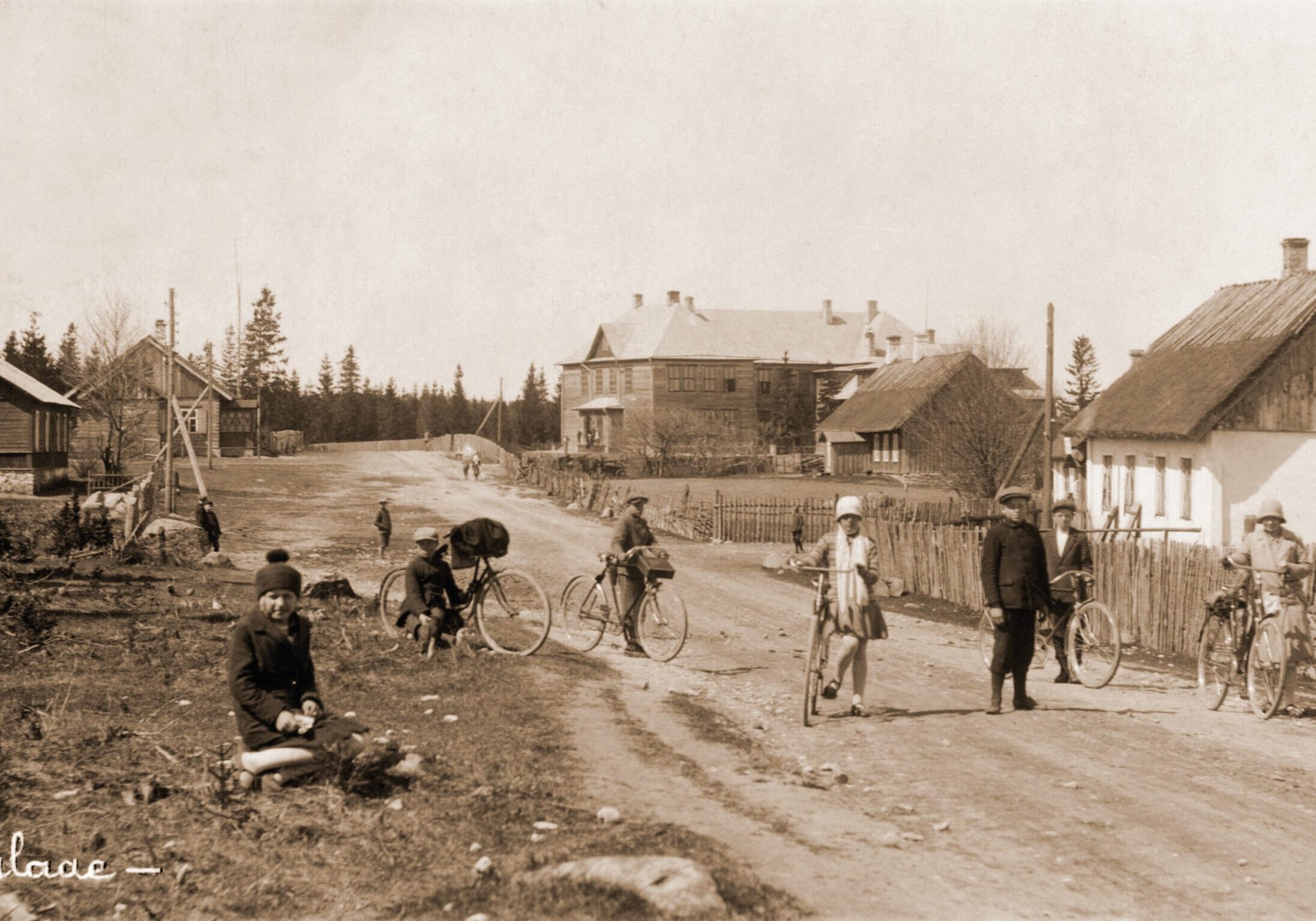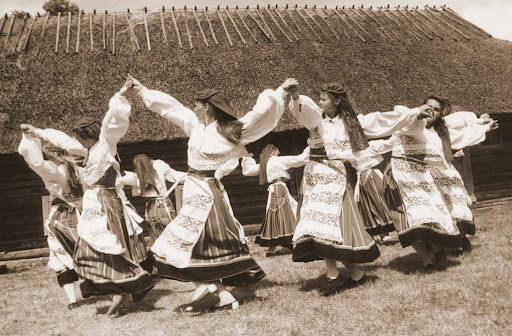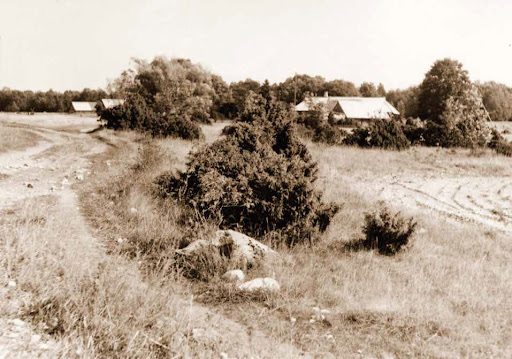Palade village

The first written record of the village dates from the 16th century. By the beginning of the 20th century, Palade had evolved into the centre of cultural and business life in the region, having a school, a shop, and a prayer house. Palade school was founded already in 1884. The older part of the current school building was built and completed by the men of the village within a couple of years and taken into use in autumn 1929. Starting from 1884, the Baptist faith also spread fast on the island. It is interesting to note that it was Palade, of all places, where the so far only cemetery in Hiiumaa that was meant for the dissenters (Baptists, Revivalists) was foun- ded the following year. The former building of the consumers’ cooperati- ve, which was bought and converted into the prayer house of the Palade Revivalist congregation, served the congregation from 1921 to 1975. The building was destroyed in the fire of 1975. The prayer house was quickly rebuilt and reopened already a year later. In 1979, a regional museum was founded in the buildings of the Soera farm, which had been bought for the collective farm Rahu Eest (For Peace). Over time, it has become part of the Palade Environmental Education Centre. In the House of Rocks museum and in the training field, which are also located there, one can gain a good overview of the geological development of the island, the Kärdla meteorite, and the rock using skills practised in Hiiumaa. The study trail provides an opportunity to get to know various plant communities and the former farm landscapes.
Gallery
It is a waypoint on the journey
You might also be interested in:



